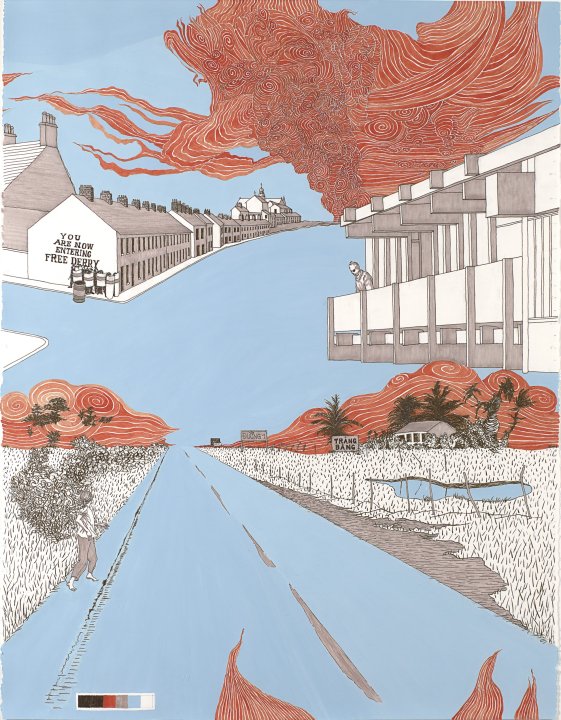Unveiling the True Photographer Behind ‘Napalm Girl’
An image has forever engraved itself into the public psyche. Commonly known as the ‘Napalm Girl,’ it features Kim Phuc, a mere nine-year-old at the time, sprinting bare and in visible agony along a road in Trang Bang, South Vietnam. The little girl’s skin bears the horrific marks of an inflammable substance released from a mistakenly dropped bomb. This dreadful mistake had been made by pilots who had unwittingly unleashed the deadly payload onto friendly grounds, delivering devastating consequences to innocent civilians.
The image is profoundly stirring, capturing a naked child and four others, terrified and in pain, running past uniformed men under a sinister sky clouded with the aftermath of the devastating payload. As a result, it has stood the test of time, serving as a stark symbol of the horrors of war. However, in recent weeks, the image’s origins have sparked a heated dispute that is equally gripping, with the Associated Press and several photojournalists and correspondents on one side, and a group of independent filmmakers on the other.
The contention arises from a claim introduced by the filmmakers that the photograph, taken in 1972, was actually snapped by a stringer. The alleged stringer, according to their film, was a Vietnamese cameraman employed by NBC at the time, who had sent his raw film footages to the Associated Press office in Saigon on a freelance basis.
According to the filmmakers’ documentary, the Associated Press was responsible for editing the raw footage, during which they singled out an image that was immediately acknowledged as exceptional. The agency proceeded to print what would later gain fame as the ‘Napalm Girl’ and then distributed it across various news networks. This picture went on to feature in numerous newspapers globally.
The bone of contention, according to the film’s narrative, is that upon capturing the notorious image, the AP credited their official staff photographer present at the scene rather than the alleged stringer. In the words of the supposed real photographer, there was a deliberate ‘swapping of the credits.’
Adding to the complexity of the situation is the account of the photo editor who was on duty the day the photo was taken. The editor steps forward with a weighty admission, saying that he ‘has carried this burden for 50 years and never gone public.’ He asserts that, contrary to the official credit line, the iconic picture was not actually taken by the credited photographer.
The photo editor argues that he felt uneasy about the delicate nature of the image. However, he states that his superior was adamant about its use. As he puts it, ‘There was no question about it. It was his call. And he was the boss.’ Consequently, he began to pen down the caption, a task which, according to him, turned out to be a life-long burden.
He confesses that he bears guilt for not having the courage to do what he thought was right about crediting the real photographer. According to him, the likely photographer was an unfamiliar contract photographer who wasn’t a regular member of their pool of photographers. He admits not recognizing the stringer’s name, hence his inability to recall it.

